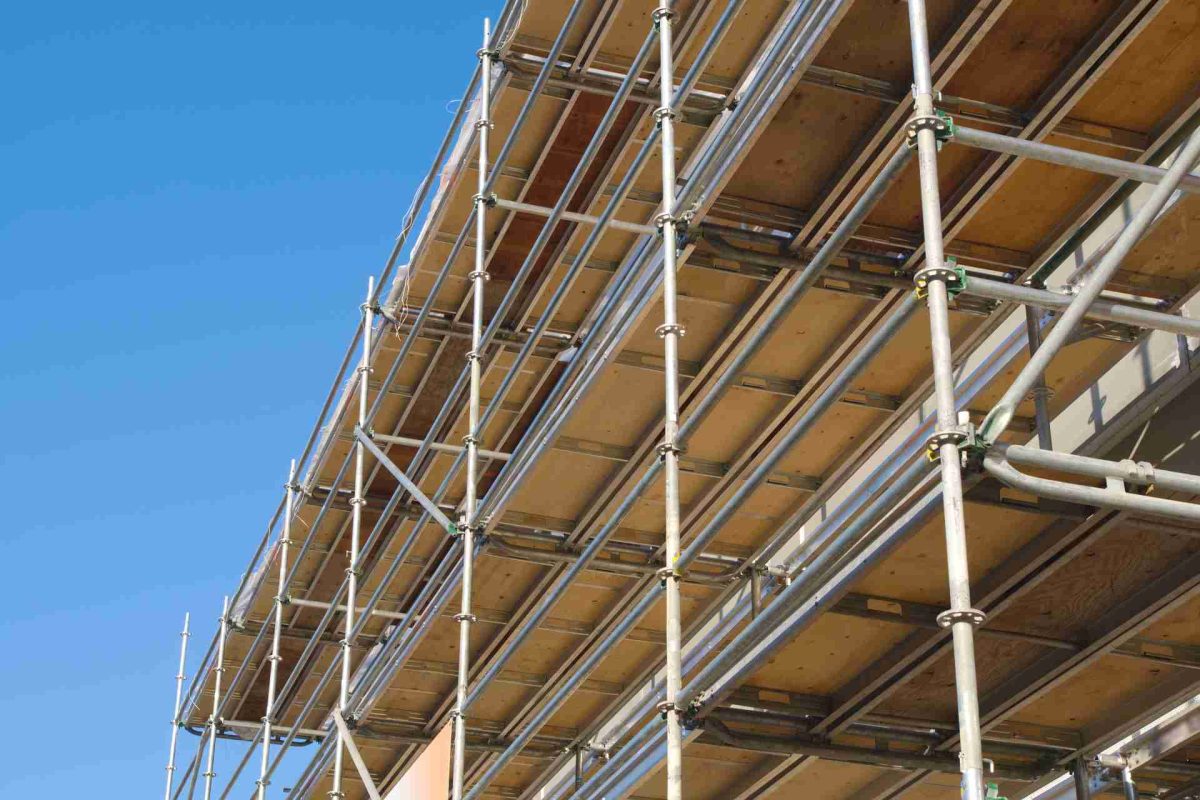

Before we know it, summer will be back, and so will the heatwaves, restless nights, and soaring indoor temperatures. For many New Zealanders, especially those living in modern townhouses, the warmer months don’t just bring beach days and barbecues. They bring heat, intense, sometimes overwhelming heat that turns living spaces into sweltering ovens.
Recent data from the Building Research Association of New Zealand (BRANZ) backs up what many of us already feel: New Zealand homes can get seriously hot in summer. According to a survey conducted during the 2023/24 summer, a whopping 70% of people said their homes were warmer than they wanted at least some of the time. And interestingly, it wasn’t just in the country’s traditionally warmer regions. Wellingtonians reported higher rates of discomfort than Aucklanders, despite recorded temperatures in their homes being actually lower. That suggests that design, layout, and ventilation—rather than outdoor temperatures alone—play a major role in how hot a home feels.
That brings us to townhouses. Compact, efficient, and often more affordable than standalone homes, townhouses are an increasingly popular housing choice, especially in urban centres like Christchurch, which now has the highest concentration of townhouses in the country. According to a recent report, townhouses now make up around 24% of Christchurch’s housing stock. But alongside their rapid rise in popularity has come a growing concern: they might just be too good at trapping heat.
In December, just as the heat started to ramp up, a Christchurch townhouse resident went public with concerns after recording bedroom temperatures that hit an unbelievable 50 degrees Celsius. While this might be an extreme case, it’s not an isolated experience. Across the country, townhouse dwellers are reporting indoor heat levels that are not just uncomfortable but potentially unsafe.
A lot of it comes down to design. Many townhouses are built with energy efficiency and affordability in mind, but this often means compromises are made, particularly in terms of airflow and insulation. High-density housing tends to have less exterior wall space, which can restrict cross-ventilation. That means fewer windows to open, and less opportunity for natural breezes to pass through. Add to that
the growing trend of smaller outdoor areas, darker roofing materials, and tightly packed developments that reflect heat between walls, and it’s easy to see how things heat up quickly.
Then there’s glazing. Floor-to-ceiling windows and sliding doors might look sleek and modern, but they also act like magnifying glasses in the summer sun. Without adequate shading or tinting, they can turn a room into a greenhouse by mid-afternoon. And if a townhouse has a north or west-facing orientation, it’s likely to soak up the worst of the afternoon sun.
There is also a growing reliance on heat pumps, not for heating, but for cooling. Traditionally, many Kiwi homes were focused on staying warm through the winter, with heat pumps installed for those chilly months. But in recent years, that’s flipped. One Auckland installer recently described the industry shift as moving from a winter heating business to a summer cooling business. Today, nearly half of all heat pump installations in summer are reportedly going into high-density housing like townhouses.
But not everyone has a heat pump. And not every heat pump is enough to counteract the poor design decisions that trap heat in the first place.
The good news is that conversations are beginning to shift. The government is reviewing ventilation rules, with a particular focus on the needs of residents in high-density housing. As it stands, current building standards don’t always guarantee that new homes will stay cool in summer, particularly those with limited passive airflow or inadequate insulation against heat.
For homeowners and renters, there are also some practical changes that can help make a difference. Installing thermal curtains or blinds, adding exterior shading like awnings, and opting for lighter roofing materials during re-roofing can all help reduce indoor temperatures. In some cases, retrofitting ventilation systems or upgrading insulation can be a worthwhile investment.
But the larger solution lies in how we approach housing at a design level. If townhouses are going to be a long-term part of New Zealand’s housing future, as seems likely, then they need to be built to cope with New Zealand’s increasingly extreme weather patterns. That means smarter window placement, better cross-ventilation, higher-performance glazing, and materials that reflect heat rather than absorb it.
A well-designed townhouse should be comfortable all year round, not just in winter. As the climate continues to change, and our cities grow taller and denser, we must take heat seriously, not as an afterthought. Because a bedroom shouldn’t feel like a sauna before sunrise, clearly, something needs to change.